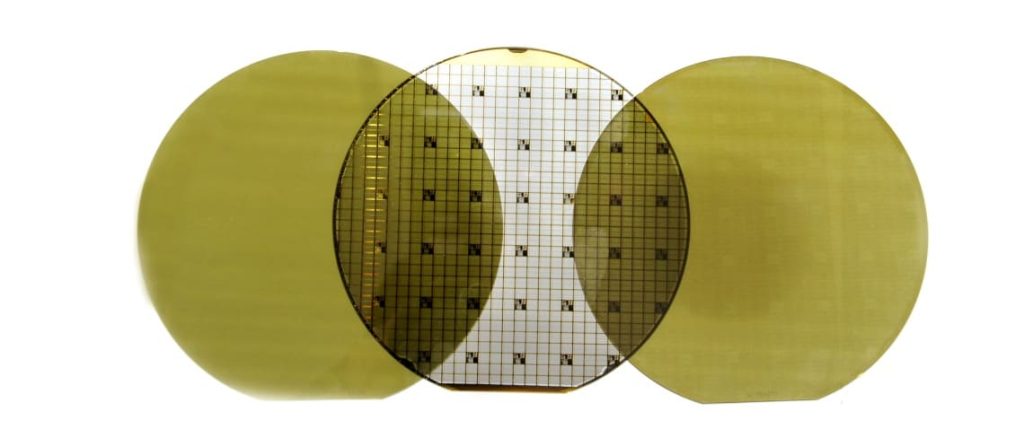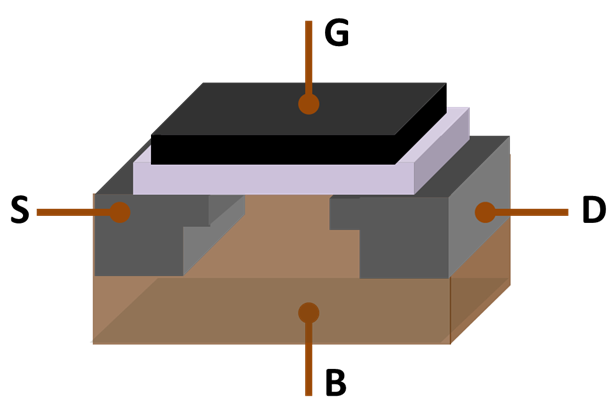Nowadays there are many types of power semiconductors manufactured by various companies around the world. Some specialize in powerful devices based on silicon, some look forward to new materials like silicon carbide (SiC). And there are companies that work in all directions.
Despite all the variety of power semiconductors, they can be classified into three groups depending on type of Conductivity, Control, and Semiconductor Material used to produce them.
Conductivity
Power semiconductors can be divided into devices with unipolar conductivity (unipolar devices) and devices with bipolar conductivity (bipolar devices). In unipolar devices, only one type of charge carriers – electrons or holes – participates in conducting the main current. In bipolar devices, both electrons and holes are involved in the transfer of current through at least one area of the semiconductor structure.
Unipolar power semiconductors include Schottky diodes and MOSFETs. Bipolar power semiconductors include diodes with p-n junction, thyristors, and IGBTs.
Control
Control of power semiconductors is a possibility to transfer a power semiconductor switch from a state of low conductivity to a state of high conductivity and/or vice versa with the help of some influence, significantly lower in power than the power with which power semiconductors operate in a power circuit.
A diode is an uncontrolled switch. To switch a diode, it is necessary to change the polarity in the power circuit. However, a conventional thyristor is not a fully controlled switch. It can be switched on using a weak signal in the control circuit, but to turn it off, the current in the circuit must be interrupted.
Power semiconductors like GTOs, MOSFETs, and IGBTs are fully controlled switches.
Semiconductor Material
The basic material for power semiconductors nowadays is silicon. More than 95% of all types of power semiconductors are manufactured today using silicon.
In the last 25-30 years, there has also been a noticeable development of power semiconductors based on semiconductor materials with a bandgap wider than that of silicon (wide bandgap semiconductors). Silicon carbide (SiC), gallium arsenide (GaAs), gallium nitride (GaN), and diamond (C) are considered to be the most promising materials for the development of power semiconductors.

And major manufacturers of power semiconductors prove it by accelerating their production of SiC and GaN-based power semiconductors.
In the coming articles we will look closer at each and every type of power semiconductors.

